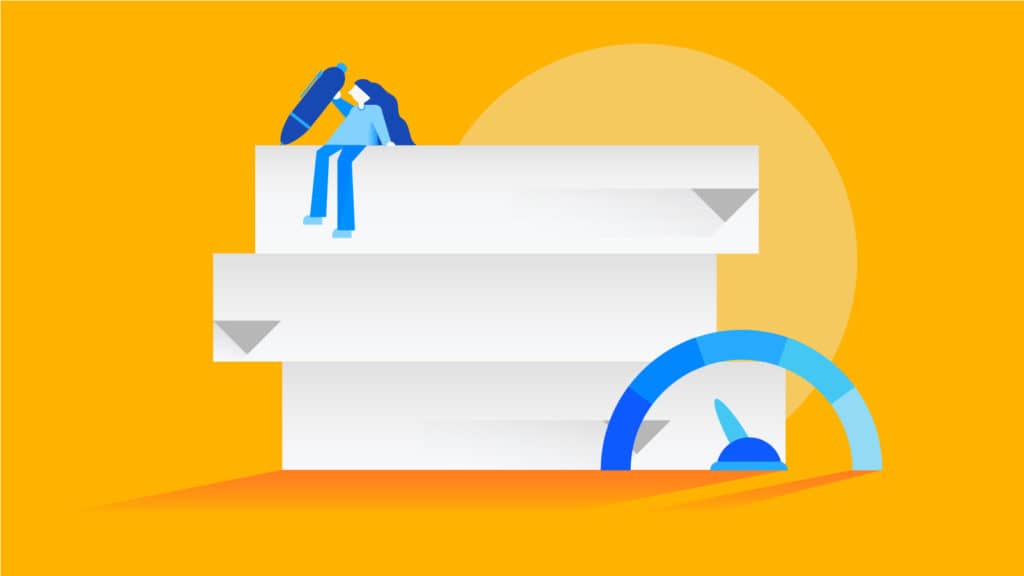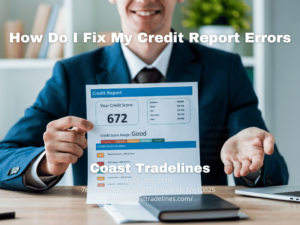Buying tradelines can be a smart way to improve your credit situation. However, to use a tradeline effectively, you must know what you’re getting into and understand how a tradeline can affect your overall credit score. To help you on your journey to better credit, we offer here some common tradeline mistakes to avoid when purchasing tradelines.
Not Removing Your Fraud Alert or Credit Freeze
Fraud alerts and credit freezes can often be a lifeline. They make it nearly impossible for someone to open up a new credit account in your name. Many people utilize these methods if they find their personal information has been stolen or collected by bad actors. Others always prefer to keep their credit freeze or fraud alert on to better ensure they’re shielded from new account openings.
Regardless of which category you fall into, you’ll need to lift your credit freeze and cancel your fraud alerts to purchase a tradeline. Otherwise, the tradeline will never post to your credit report and you’ll never receive the benefits of the new tradeline.
You’ll need to cancel your credit freeze or fraud alert at every credit bureau to ensure the tradelines post properly. Once they do post, you can always re-engage the fraud alert or credit freeze to keep yourself protected.
Not Knowing Enough About Your Credit Score
The point of buying a tradeline is to try to improve your credit score. To improve your credit score, you should know what it is and what components go into it.
As a quick summary, your credit score is a three-digit number that represents to the lender your creditworthiness. Each credit bureau has its own score and method for determining that score.
Once you have an established credit history, your score will range from 300 to 850. The higher your score the more creditworthy your history is.
A variety of factors go into determining a score. Generally, here’s the percentage makeup of the components that go into your credit score:
- 35% comes from your on-time payment history. A single late or missed payment can have a major impact on your score.
- 30% comes from your utilization. This is calculated by dividing the total amount of debt you owe by the total amount of credit available to you. Depending on the credit bureau, they may look at the utilization of individual accounts, your overall utilization across all credit accounts, or both.
- 15% comes from the length of your credit history. This component includes both the average age of your accounts and the age of your oldest account.
- 10% comes from your mix of credit accounts. Lenders often want to see a variety of accounts on your credit report including revolving credit (such as credit cards), installment loans (such as auto loans), and property-secured loans (typically a mortgage).
- 10% comes from new credit accounts. If you’ve applied for or opened multiple loans or lines of credit in the recent past, this can be an indication that you’re in some form of financial risk.
Not Checking Your Credit Report
Your credit score is a high-level number that helps lenders make decisions. However, without context, it can be difficult to know what specifically has impacted your score. The best way to understand that is to check your credit report regularly.
Your credit report contains information about what accounts are open in your name, how much you own on them, and your payment history. If you notice an application or account you don’t recognize, you should reach out to the credit bureau that supplied the report to fix the situation. You should then check your reports with the other bureaus to see if the issue is repeated.
Repairing your credit to remove inaccurate items can be an effective way to improve your score. It should also be done before purchasing a tradeline to see if resolving the issue puts your score closer to where you’d like it.
Not Understanding Tradeline Basics
A tradeline is an account on your credit report. When you purchase a tradeline, you’re being added as an authorized user to someone else’s account. You don’t have access to the account to make purchases, but the account should post to your credit report where you’ll benefit from a mixture of lowering your utilization, increasing the average age of your credit account, and a history of on-time payments.
Generally, you want to purchase tradelines that are at least two years old. This makes them “seasoned” and can have more of a positive impact than a brand-new account. You should also think about purchasing a tradeline with a high limit and low utilization. If you’re struggling with debt, this can help lower your overall utilization ratio.
Coast Tradelines
If you want to see if buying a tradeline can impact your creditworthiness, complete our assessment today! By answering just a few questions, we can have a tradeline specialist reach out to you and discuss your options.






